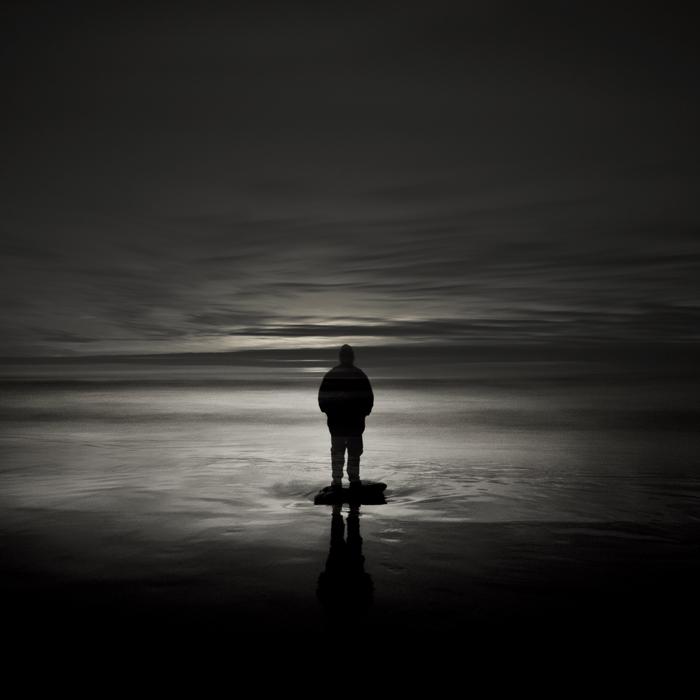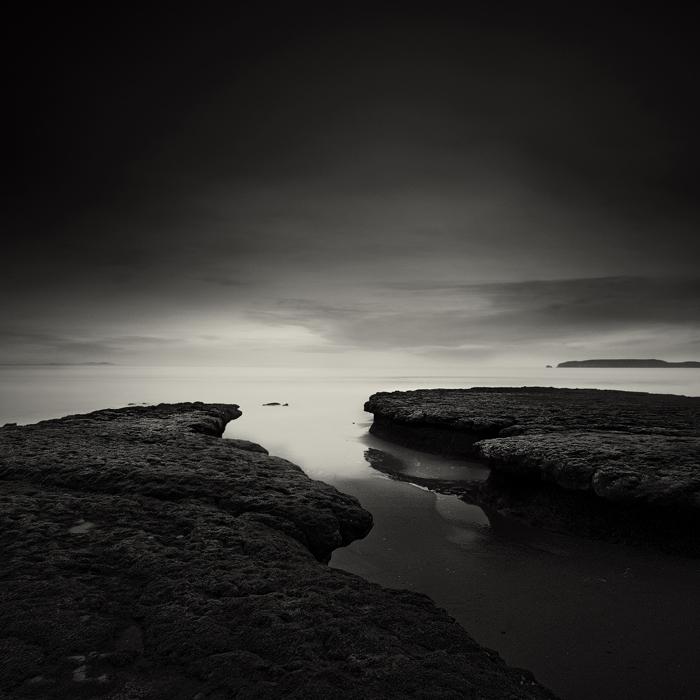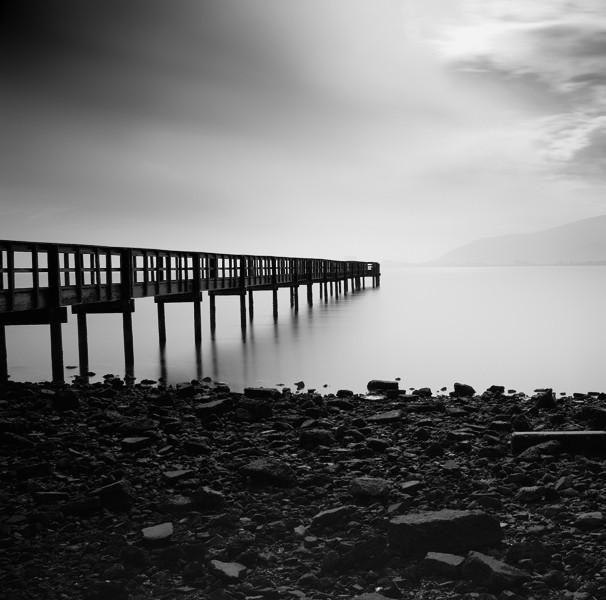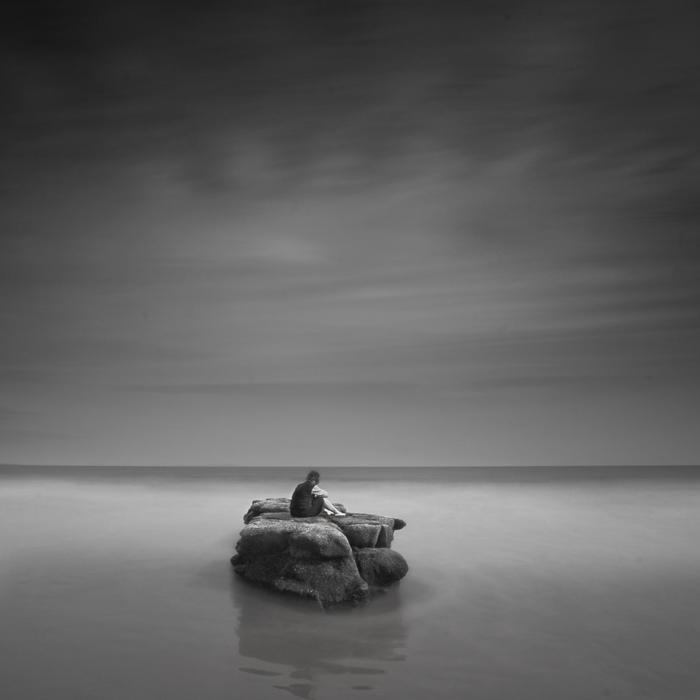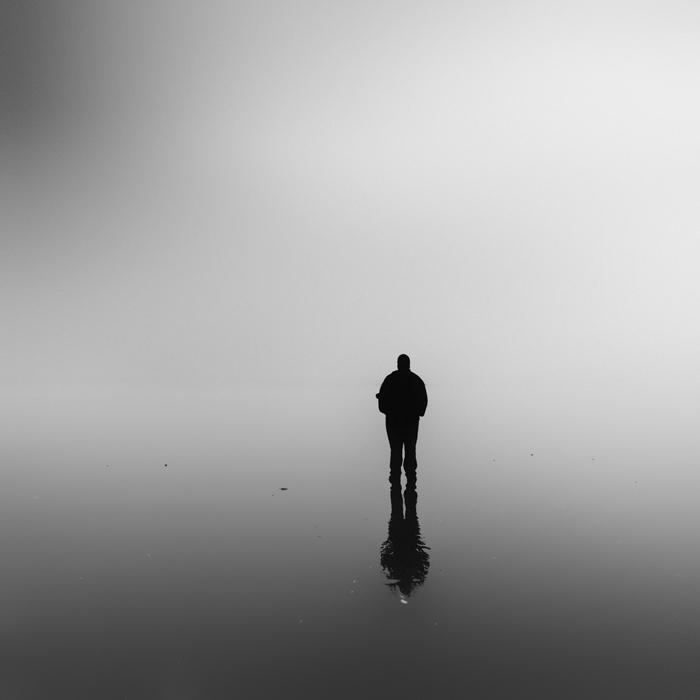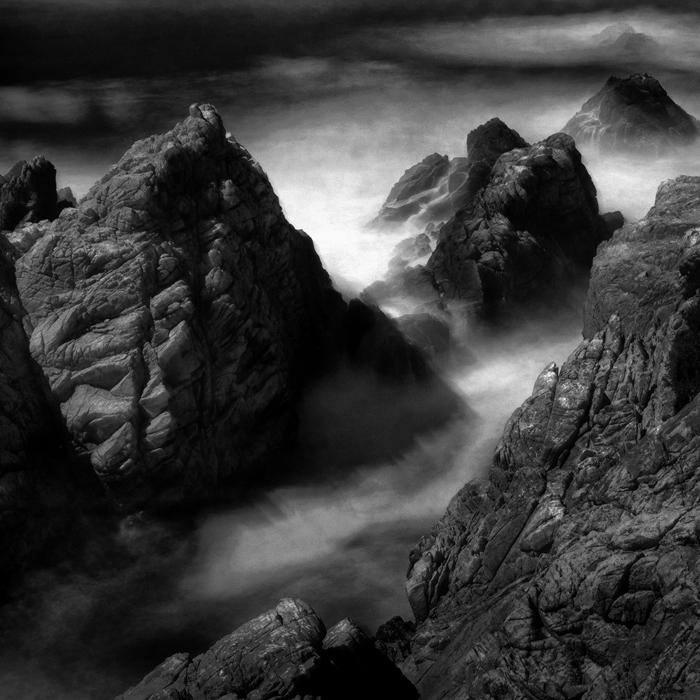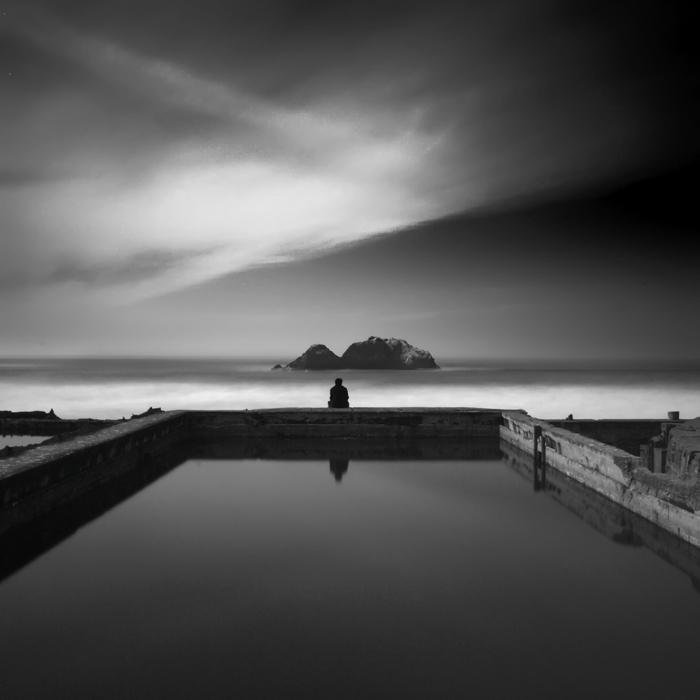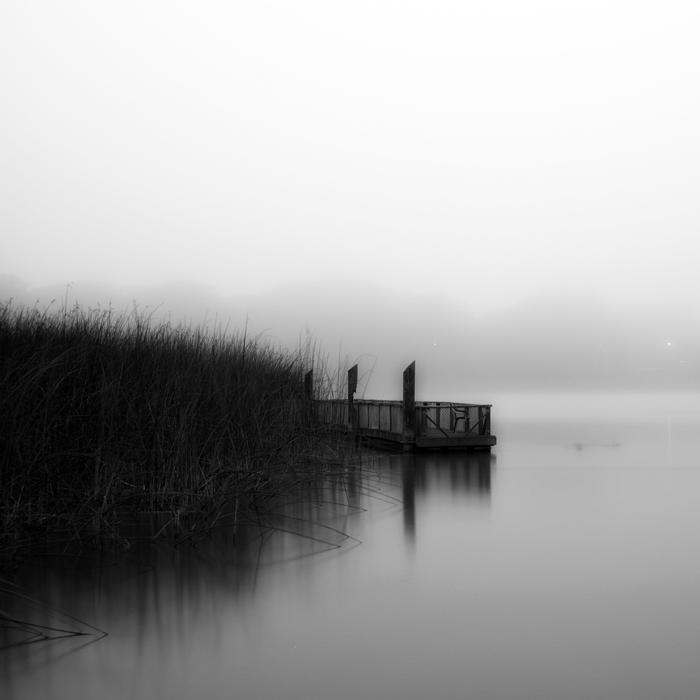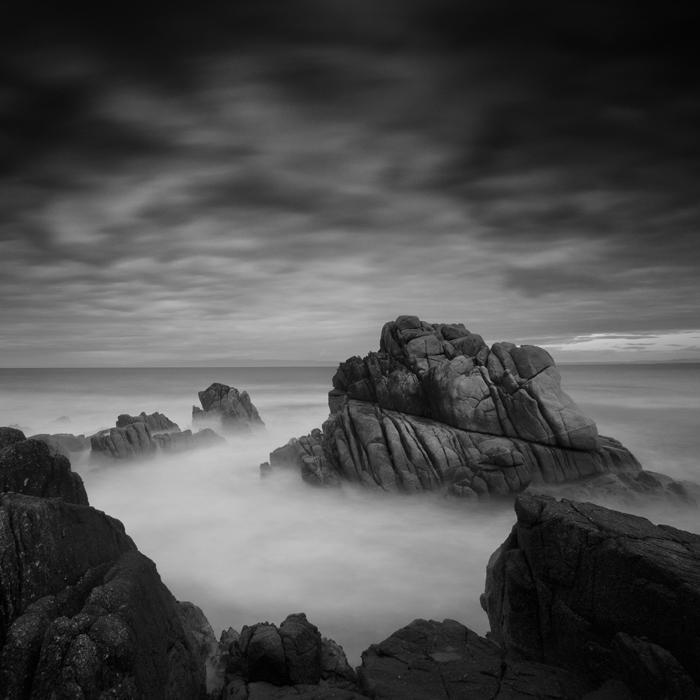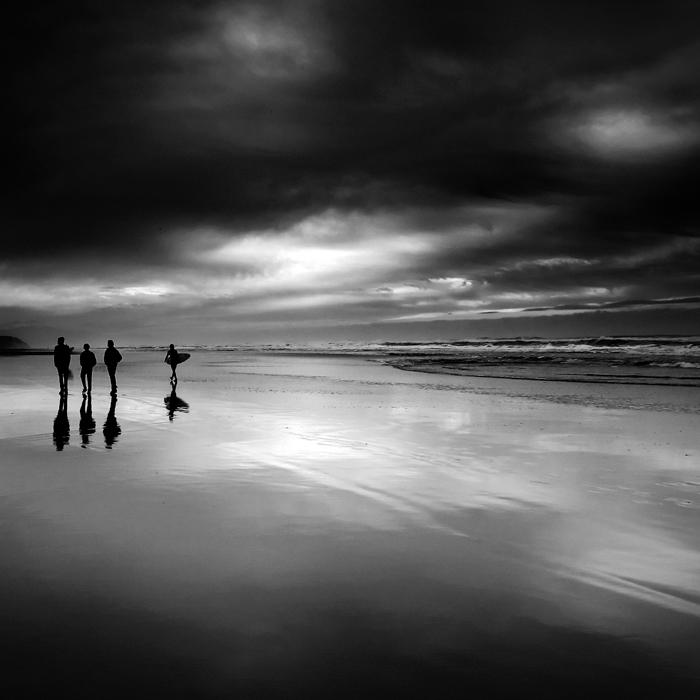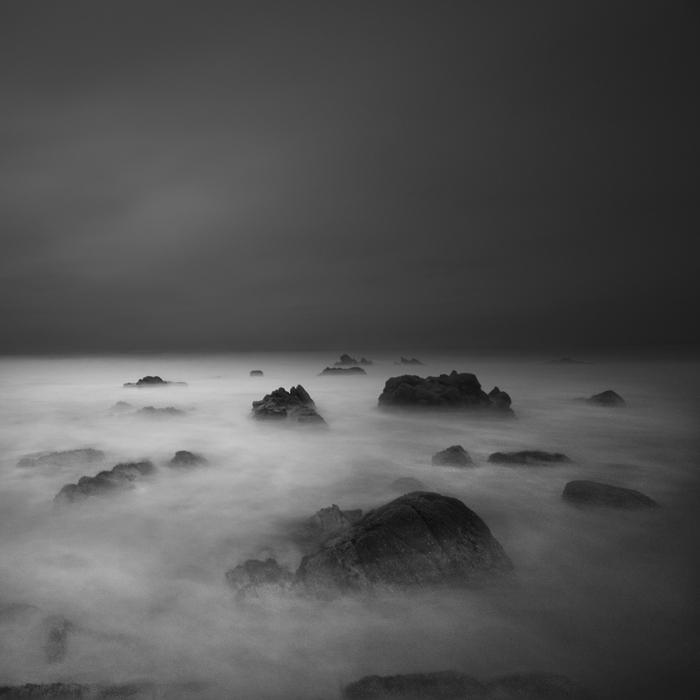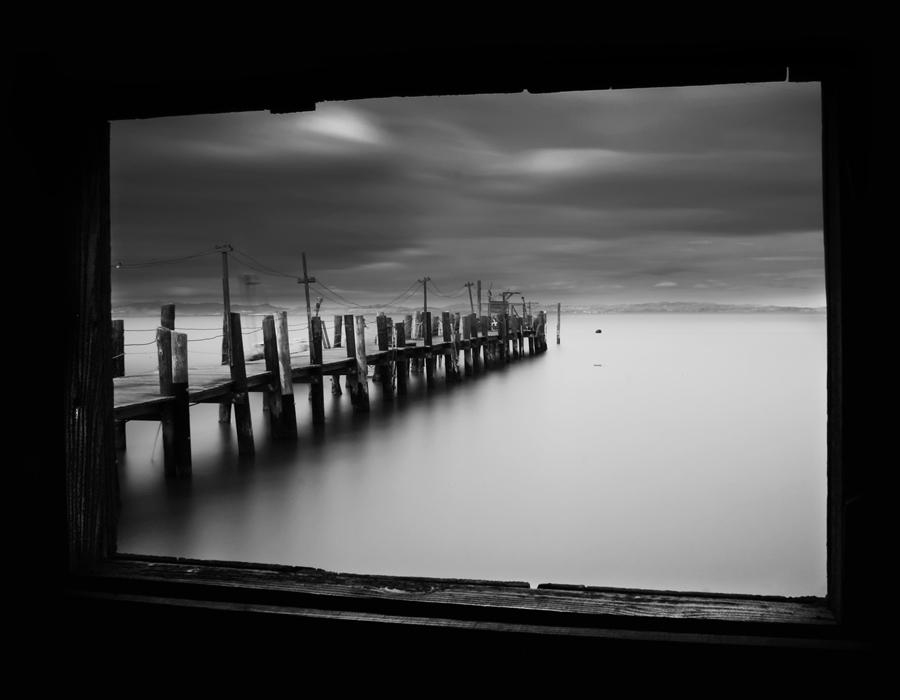Legendary Black and White Seascape Photography by Nathan Wirth
Nathan Wirth, a native San Franciscan, is a self taught photographer who uses a variety of techniques— including long exposure and intentional camera movement— to express his unending wonder of the fundamental fact of existence. Wirth, who earned both his Bachelor of Arts and Master of Arts in English Literature from San Francisco State University, brings a deep appreciation of poetry to his explorations of place (especially the sea).
We are privileged to feature a interview with this master of photography, among some of his greatest pictures. Be free to check them out below.
Tell us about something about Nathan Wirth Photography?
I am simply a person who loves photography (both creating my own work and enjoying the work of others).
What’s your creative process like?
I think anyone who is interested in working with daytime long exposures has little interest in capturing an image that faithfully recreates the thing you have photographed. I am certainly no exception to this. Instead, I want to find and express a dramatic mood, a dramatic interpretation of whatever I happen to be photographing (the majority being seascapes). I tend to favor dark tones and square compositions. I especially like working with darker tones because they bring out deeper contrasts that help fulfill my goal of expressing a variety of more contemplative moods. I suppose, in the end, I am looking for ways to capture, interpret and express silence, and, as a result, many of my photos are devoid of any human presence—though recently I have been incorporating people into my work (but even with a human presence, I still wish to express that silence I am looking for). I have a BA and an MA in English literature from San Francisco State University, and much of my education was focused on studying poetry, which I think plays an important role in how I compose and choose my subjects. I am, first and foremost, interested in capturing the moment, the subject, and, secondly, creating a mood that one can experience that subject in, one that is both the subject itself and whatever the mood expresses about that subject (which is, ultimately, left to the viewer).
While I am always looking to improve my technical skills (and processing skills), I tend to invest more emotion than technique into everything I do. When I encounter a photo that stuns me to silence, I am far more interested in the mood of that photograph—its beauty, its dramatic expression— than I am in finding out what camera was used, what filter was used, what tripod was used, what time of day it was taken, how exactly it was processed or any other technical aspect. And when I am taking a photo, I am not very concerned about whether I own the best equipment (which I can’t afford anyway) or whether I am following all the so called “rules of photography.” I am far more concerned about the weather, the subject I want to photograph, the overall composition, and the potential for expressing mood.
Where do you find inspiration and why do you like photography?
I find much of my inspiration in the work of my fellow photographers whom I have met in the Flickr community. Many names come to mind (in no particular order): Ian Graham, Joel Tjintjelaar, Brian Day, Maria Stromvik, Steve Landeros, Kevin Saint Gray, Keith Agget, Jeff Gaydash, Rob Cherry, Jeff Vyse, Josh Kato, Yvette Depaepe, Will S., Matt Toynbee, Teresa Stover, Karen Atkinson, Iain Gilmour, Noel Clegg, Grant Murray, Denis Olivier, Gavin Dunbar, and many, many others. I am often more excited by the works of others than I am by my own work. In other words, photography, for me, is as much a dialogue with others as it is an opportunity for my own personal expression.
I also find a lot of inspiration from the sea (and nature, in general). When I photograph the sea, I often use long exposures—and never find myself bored while I wait for the 30 to 90 seconds (or longer) to pass because I never tire of looking at the rhythms of the sea. In fact, I have been taking the time to stare at the sea as much as I can for all of my life (and have only been photographing it for four years).
I love photography because it gives me a chance to engage a creative process and express facets of how I perceive existence (even if, at a given moment, I have not yet figured out exactly what I want to express). And, as I said before, I am often even more excited about discovering and enjoying the work of others.
What are some tips you could give to people that really like your work?
When I think of the best advice I have been given about taking moody, dramatic black and white photographs, I am reminded of what my friend Ian Graham told me: bad weather equals great mood and drama. Many photographers complain when the light isn’t bright enough, but if you love long exposure photography, dark cloudy days gives you so much more interesting contrasts and tones to work with.
I think the best way to improve your photography is to just keep doing it—and learn to accept those times when you take truly horrible photos or you feel absolutely no inspiration no matter what you do. We all experience this, after all.
I also think experimentation is a great way to keep your creative juices flowing. I sometimes do things to my photographs that make no sense— and while I would never show them to anyone, I have discovered things that I might never have thought about, and some of those things have become part of how I process my photos. If you love creating black and white photos, buy Silver Efex Pro 2, a piece of software that offers a dizzying amount of creative paths to explore.
Can you name one great photographer that inspires you with his works and why?
I can’t. I really, really can’t, so I am going to have to cheat and mention a handful. Ansel Adams’ work taught me the importance of post processing (and that it is okay to process a photo) — as well as the dramatic possibilities of working with tone and texture (and how truly gorgeous black and white landscape photography can be). I also learned this lesson from Joel Tjintjelaar, whose work I truly feel expresses how essential vision is to the overall photograph. When I first started taking photos, I tried to be as much of a purist about my digital photography as I could (only using Photoshop to dodge and burn), but Joel’s work inspired me to find my own way of seeing the world and to embrace how post processing is as essential to the overall creative process as taking the actual photograph.
Wright Morris’ work introduced me to the beauty of capturing memory, of the lingering human presence in a photo even when no human is present. Michael Kenna and Michael Levin (and, once again, Joel Tjintjelaar – as well as Ian Graham) introduced me to the wonderful, moody and dramatic possibilities of long exposure photography. Henri Cartier Bresson and Paul Strand introduced me to the power of black and white photography’s ability to capture human emotion in all its complexities (ranging from joy to sadness). All of these photographers (and many others) have inspired me profoundly.
If you have something else to add (a video/book/about your next project/etc.) just tell us.
I am currently working on a series of long exposure photos that feature a solitary person in the landscape/seascape/cityscape. I am trying to express the solitary individual presence in such a way that he/she both blends into the ‘scape’ and looks out of place. I am also working with the American philosopher David Jones on a book project involving his translations of Heraclitus’ fragments and my photos.
I’d like to take the chance to thank everyone at Photography Office for inviting me to answer these questions and post some photos. I am very humbled and flattered by the opportunity.
***
Dear Nathan Wirth, we would like to share our great expression of gratitude for all the words describing your knowledge, ideas, tips and inspiration about photography and some of your inspiring pictures with our audience. Some of the suggested photographers are already featured on photography office, but in the future for sure we will promote many of them.
We would like to congratulate you for all your amazing works and wish you good luck with the book, calendars and fine art print sales.
PS: Don't hesitate to contact us when you will launch your new project.
